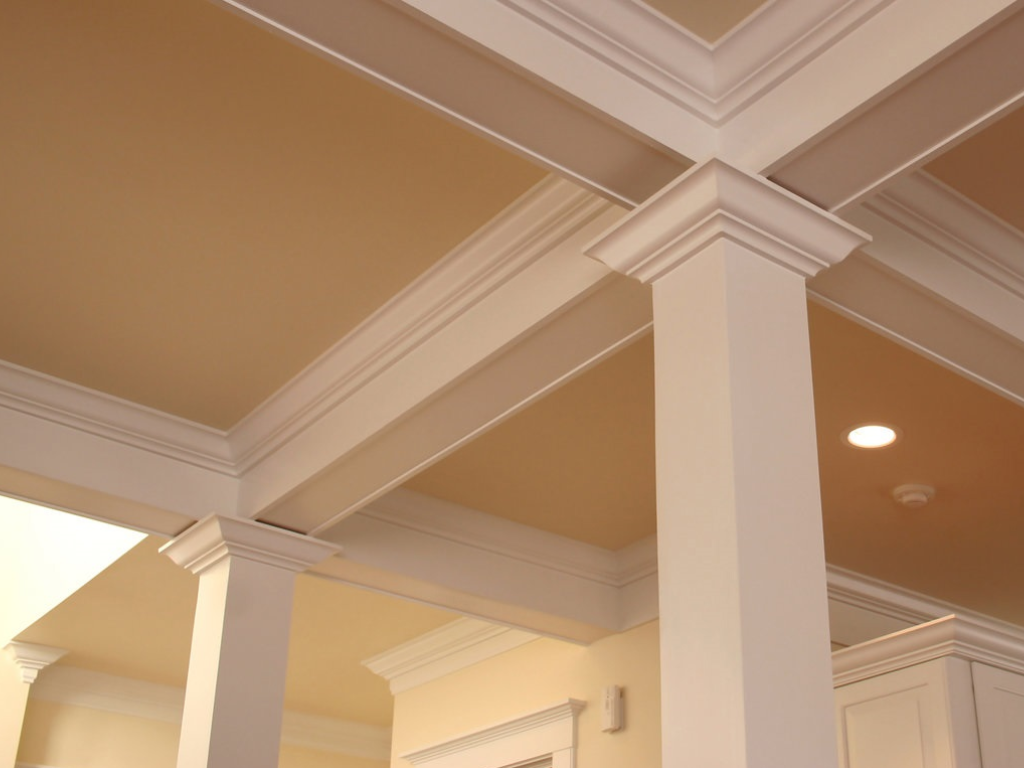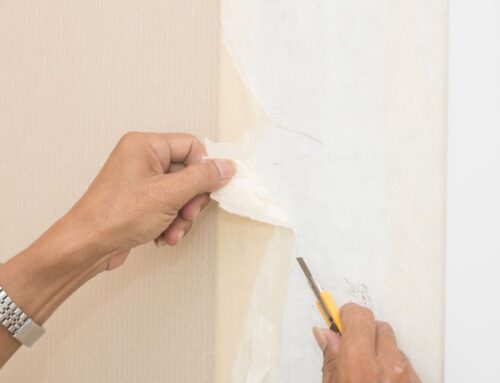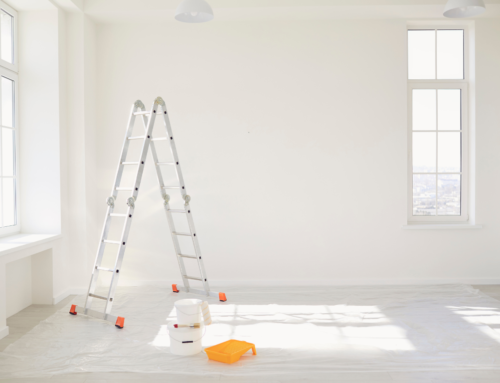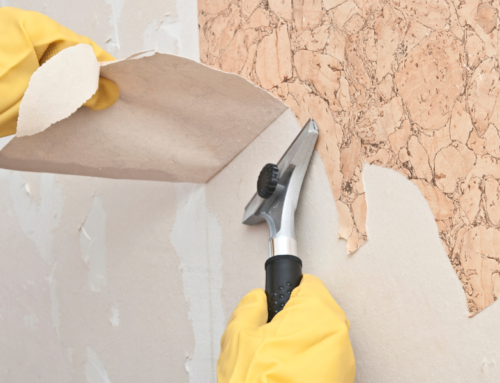When it comes to transforming your home or office, few things have as significant an impact as trim and crown molding. These timeless features not only enhance the aesthetic appeal of a room but also add value and sophistication. Whether you’re upgrading your interiors or planning a full renovation, understanding your molding options is essential for achieving a flawless finish. In this guide, we’ll explore the types of trim and crown molding, how to choose the right one for your space, and why hiring professional molding installers is the best choice.
What Is Trim and Crown Molding?
Trim and crown molding are decorative elements used in home design to add detail and elegance to a room.
- Trim is used along the edges of doors, windows, baseboards, and walls, framing and finishing the room.
- Crown molding is installed where the walls meet the ceiling, adding a seamless, polished transition between the two.
Both features are available in various materials and styles, offering flexibility to match different design preferences.
Types of Trim and Crown Molding
There are several types of molding you can consider, each serving different aesthetic and functional purposes. Here are some of the most popular options:
1. Crown Molding
Crown molding is a classic and elegant option that adds grandeur to a room. Installed at the intersection of the walls and ceiling, it helps frame the space and elevate the room’s design.
2. Baseboard Molding
Baseboard molding is installed at the bottom of the walls and serves as a protective border between the walls and floors. It also provides a clean and polished finish to any room.
3. Picture Rail Molding
Picture rail molding is a horizontal molding installed on the walls, typically used to hang artwork or other decorative pieces. This molding style prevents damage to walls by allowing pictures to be hung without nails or screws.
4. Chair Rail Molding
Chair rail molding is placed along the perimeter of a room at a height where it protects the walls from damage, often caused by furniture like chairs. It also adds a decorative touch, especially in dining rooms and hallways.
5. Door Molding
Door molding frames the doorways, adding a refined touch to both interior and exterior doors. It’s an excellent way to highlight doors and bring a sense of symmetry and proportion to the room.
6. Window Molding
Window molding is used around windows to create a seamless transition between the wall and the window frame. This molding style enhances the visual appeal of the window and draws attention to its design.
7. Dentil Molding
Dentil molding is a traditional style characterized by small, rectangular blocks arranged in a repeating pattern. It adds a stately and classical touch to any room, particularly in more ornate interiors.
8. Bead & Pearl Molding
Bead & pearl molding features intricate, repeating patterns and can be used to add texture and detail to a room. It’s ideal for spaces looking to create a luxurious or sophisticated atmosphere.
9. Decorative Molding
Decorative molding encompasses a variety of designs that add unique texture and charm to any space. From ornate patterns to simpler styles, it helps to complement any design aesthetic, from traditional to modern.
10. Cove Molding
Cove molding is used to create a smooth curve between the walls and ceiling, offering a more subtle and understated look. It’s perfect for modern and minimalistic spaces.
11. Shadow Box Molding
Shadow box molding is often used to create depth and dimension in a room. It involves framing sections of the wall to create the illusion of a shadow box, adding visual interest and drama to your space.
12. Wainscoting Molding
Wainscoting is a type of molding that covers the lower portion of walls, offering both protection and style. It’s often used in more traditional spaces but can also complement contemporary designs when executed properly.
How to Choose the Right Molding for Your Space
Selecting the right molding for your home or office depends on several key factors, including the style of your space, the size of the room, and your budget.
1. Style of Your Home
The overall architectural style of your home should guide your choice of molding. Traditional homes often benefit from more detailed options like dentil molding or ornate crown molding, while modern homes may require cleaner, simpler lines like cove molding or baseboard molding.
2. Room Size
The scale of your room plays a role in determining the type and size of molding you should choose. Larger rooms can handle more elaborate and larger moldings, while smaller spaces benefit from more minimal, subtle styles that won’t overwhelm the room.
3. Budget Considerations
Molding materials come in a variety of price ranges. Wood moldings, for instance, tend to be more expensive than synthetic materials like MDF or polyurethane. It’s important to choose a material that fits your budget without sacrificing quality or aesthetics.
The Molding Installation Process
Installing molding requires skill and precision to ensure a seamless, professional finish. While some DIY enthusiasts may attempt the job, hiring professional molding installers ensures that the project is done correctly the first time.
1. Measurement and Preparation
Before installation begins, it’s essential to measure the space accurately and prepare the room. This may involve clearing the space and ensuring that the walls and ceilings are properly prepped for molding installation.
2. Cutting and Fitting
Once measurements are taken, the molding is carefully cut to fit each section of the wall or ceiling. Precision is key to ensuring that the pieces align perfectly for a flawless appearance.
3. Securing and Finishing
After fitting the molding, it’s secured with nails, adhesive, or both. Any gaps or seams are filled with caulk or wood filler, and the molding is sanded and painted or stained for a polished finish.
Why Hire Professional Molding Installers?
While installing molding may seem like a manageable DIY project, hiring professional molding installers ensures high-quality results. Here’s why it’s worth the investment:
- Expert Craftsmanship: Professional installers have the experience and skills to install molding with precision, ensuring it fits perfectly and looks great.
- Time Efficiency: Professionals can complete the installation quickly and efficiently, saving you time and hassle.
- Long-Lasting Results: With high-quality materials and expert installation, professional installers ensure your molding lasts for years to come.
Ready to Enhance Your Space?
Trim and crown molding can completely transform the look and feel of your home or office. Whether you’re adding crown molding to the ceiling or baseboards to your floors, the right molding can give your space a finished, sophisticated look.
At Purely Paint, we specialize in high-quality molding installation services for both residential and commercial properties. Our experienced team is here to help you choose the best molding for your space and install it with precision and care.
For a free estimate or more information, contact us at (516) 835-5880, email mike@purelypaint.com, or visit our Contact page. Let’s work together to bring your vision to life!






Leave A Comment